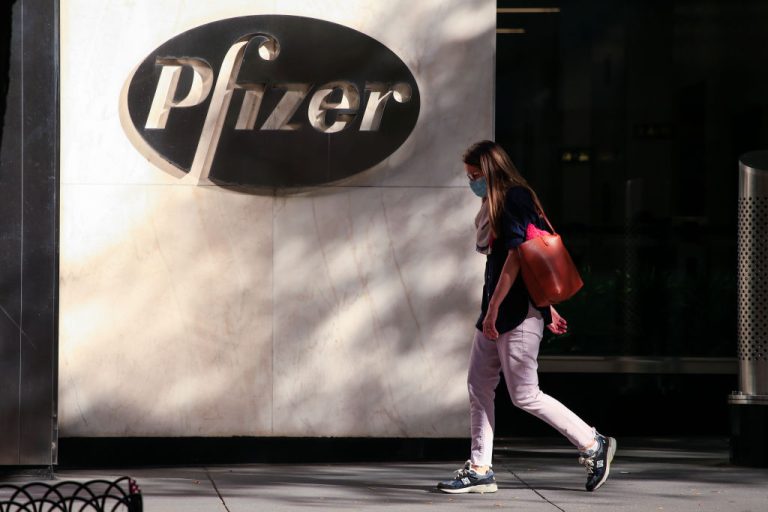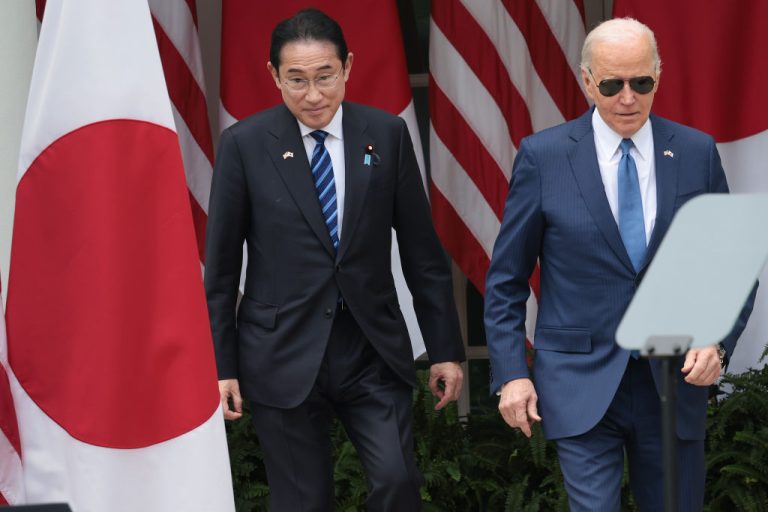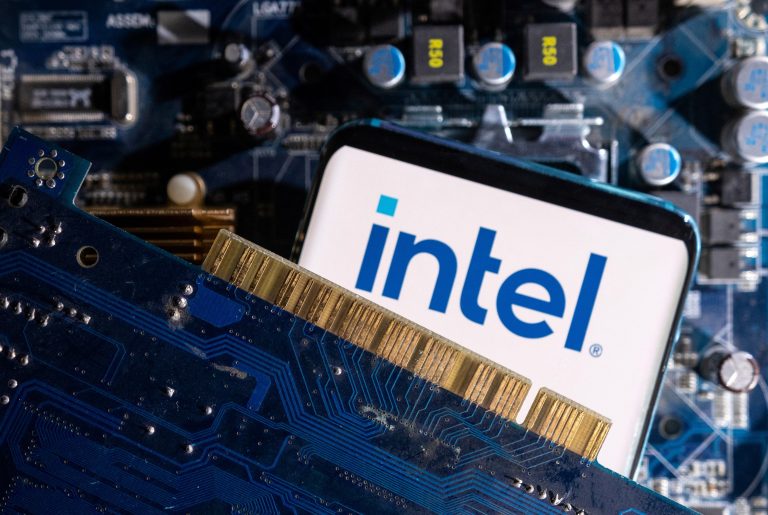Coronavirus Disease 2019 (COVID-19) mRNA vaccine manufacturer Pfizer was downgraded by analysts just days after Project Veritas captured a company director on camera admitting Pfizer is conducting gain of function research as part of its vaccine development program.
UBS downgraded Pfizer from a “Buy” to a “Neutral” rating on Jan. 26, lowering its price target for the company from $55 to $47.
Stock price was light in its reaction, falling from a close of $45.07 on Jan. 25 to a low of $43.61 the next day, the lowest price seen since October of 2022.
RELATED READING
- Chinese Interest in Private Health Insurance Spikes as Pandemic Smolders
- Were Chinese Nationals Behind the Mid-2022 Cold Medication and Pain Killer Shortages?
UBS cited “the impact of the declining COVID franchise” as a key causal factor in its analysis, noting that Pfizer must manage to grow other areas of its business to compensate for what are considered too high 2023 revenue estimates for its COVID gene therapy injections and the Paxlovid antiviral drug, Marketwatch reported.
Pfizer is set to report Q4 and FY2022 earnings Jan. 31 before NYSE open.
Hidden camera
Success
You are now signed up for our newsletter
Success
Check your email to complete sign up
The downgrade came just a day after Project Veritas captured Pfizer’s Director of Research and Development for Strategic Operations and mRNA Scientific Planning, Jordon Trishton Walker, on hidden camera telling a man during what appeared to be a dinner date that the company was conducting gain of function research on SARS-CoV-2, the virus that causes COVID-19, as part of its vaccine R&D pipeline.
“One of the things we’re exploring is like, why don’t we just mutate it [COVID] ourselves so we could create — preemptively develop new vaccines, right? So, we have to do that,” Walker stated.
Walker explained, “The way it [the experiment] would work is that we put the virus in monkeys, and we successively cause them to keep infecting each other, and we collect serial samples from them.”
The director continued, “You’re not supposed to do Gain-of-Function research with viruses. Regularly not. We can do these selected structure mutations to make them more potent. There is research ongoing about that. I don’t know how that is going to work.”
But in a separate part of the expose, Walker was careful with his words, telling his dinner date who remarked that the process “sounds like gain of function to me” that “it’s a little bit different. I think it’s different,” as Walker attempted to characterize the research instead as “directed evolution.”
Although the video has received more than 42 million views on Twitter as of time of writing, Veritas reported on Jan. 27 that YouTube had removed the video, awarded their account a strike, and added a ban on new video uploads for one week.
No specific cause for the removal and the strike was provided by YouTube, only a statement that the company had violated “community guidelines.”
In response, YouTube competitor Rumble promised the public it would “hold the line against this outrageous censorship by keeping the video up and even featuring it on our homepage.”
The video has more than 400,000 views on the platform as of time of writing.
In a Jan. 27 press release, Pfizer’s public relations department told the public that the company “has not conducted gain of function or directed evolution research.”
But the company nonetheless admitted, “In a limited number of cases when a full virus does not contain any known gain of function mutations, such virus may be engineered to enable the assessment of antiviral activity in cells.”
Paxlovid troubles
For Pfizer, unloading its Paxlovid antiviral treatment in key markets has proven troublesome, affecting its bottom line.
The most striking case is in failed negotiations with the Chinese government, whose National Healthcare Security Administration demanded a reduced price of 200 yuan ($29.50 USD) per box if Pfizer wanted the drug to be bought under the country’s socialized healthcare system, Radio Free Asia reported on Jan. 13 based on information provided by industry insider Zhang Ning.
RFA noted the discount demanded was significant, as Chinese hospitals are currently being charged 1,980 yuan ($292 USD) per box, according to claims by mainland outlet Caixin.
But based on statements from Zhang, RFA said the Party had already haggled Pfizer down to 604 yuan ($89.03) per box.
“[Homegrown antiviral] Azvudine was entered into the medical insurance catalog at 270 yuan/box,” Zhang told the outlet.
According to Jan. 9 reporting by Reuters, Pfizer CEO Albert Bourla balked at the Chinese regime’s pricing demands in comments to attendees of a JP Morgan-sponsored healthcare conference in San Francisco.
“They are the second highest economy in the world and I don’t think that they should pay less than El Salvador,” Bourla stated.
Bourla also told attendees, “We are not in discussions. We have an agreement already for local manufacturing of Paxlovid in China. So we have a local partner that will make Paxlovid for us, and then we will sell it to the Chinese market.’
But the inability to sell Paxlovid through the Chinese Communist Party’s socialized healthcare system is significant, as only 0.8 percent of the population carries private personal or commercial health care insurance.
READ MORE
- China Staggers Under Huge Pandemic Losses
- Xi’s Credibility Nosedives as CCP Loses Control Over Pandemic in China
Reuters also told readers that at present, a box of Paxlovid is circulating on the Chinese private and black markets for as much as 50,000 yuan ($7,370 USD) “according to local media reports and social media posts.”
Zhang further told RFA, “There isn’t any [Paxlovid] available at all, and there has been no sign even on the black market of any new supply during the past couple of days,” adding that there’s also a huge demand for black market oxygen machines.
Time magazine made a congruent report on Jan. 16, chronicling the case of two mainlanders returning from Thailand arrested by CCP state security agents “for holding around 9,000 tablets of Primovir, an Indian-made generic version of Paxlovid, which is not a licensed treatment in Hong Kong or the mainland.”
A second man was arrested with 2,000 pills “of antivirals including Primovir and Paxista, another generic version of Paxlovid, and Merck’s Molnupiravir” after returning from India, Time added.
The reports of black market demand for critical medicine and equipment only employed in the treatment of the sickest of patients is at odds with the CCP’s claims that the death toll China’s population has suffered from the pandemic is less than 78,000 since the calamity began.
Booster uptake
Demand for the COVID injections has cratered as the pandemic has faded from the front of mind of residents outside of China, a significant blow to Pfizer’s revenue.
Data from the company’s October of 2022 Q3 Financial Statements showed that revenue from Comirnaty, the trade name for the Pfizer-BioNTech COVID mRNA injection, had fallen from almost $13 billion in Q3 2021 to only $4.5 billion, a 65 percent decrease.
Although vaccine makers recently released a “bivalent” booster injection meant to target both the Omicron and original/Delta variants of SARS-CoV-2, laggard uptake has been a source of consternation for both governments and Big Pharma.
A Jan. 20 survey conducted by the CDC found that only 29 percent of takers “who had planned to get the bivalent booster dose had received it” after an entire month had passed.
“Recontacted participants who had not received the booster dose most commonly reported being too busy, forgetting, or worrying about side effects,” the article noted.
Developing trend
The UBS downgrade was not the first Pfizer faced in the earliest stages of 2023.
On Jan. 17, Wells Fargo also downgraded Pfizer from “Overweight” to “Equal Weight,” Business Insider reported.
“We think Pfizer needs a Covid reset before the stock could work again,” said analyst Mohit Bansal, who warned, “However, it could take time for investors to appreciate this given future (mergers and acquisitions) is an important component.”
Bansal continued, “The U.S. government likely has more than 12 million courses or 60% of its drug supplies still in hand. This could make 2023 sales lower than Pfizer stock analysts expect. Further, demand in China likely won’t take off without national reimbursement.”
On Jan. 4, Bank of America also downgraded Pfizer to “Neutral” from “Buy,” for similar reasons, stated a wire release.
The biggest difference between the UBS downgrade and the previous pair are disparities in analyst price targets.
UBS set its markers the lowest at $47, Wells Fargo is roughly 7 percent higher at $50, and Bank of America still aims for $60 per share, which would amount to a nearly 50 percent gain.
At a Jan. 27 closing price of $43.79, Pfizer’s market capitalization is still approximately $245 billion.














